BUSM3249: Understanding Employee Engagement, Impact on Productivity
VerifiedAdded on 2023/06/14
|20
|1245
|174
Report
AI Summary
This report delves into the multifaceted concept of employee engagement, examining the factors that influence it, its impact on the workplace, and its various dimensions. Key factors such as career development opportunities, flexibility, fair pay, cultural diversity, learning culture, transparency, autonomy, inspiration, communication, employee recognition, and effective manager-employee relationships are discussed in detail. The report highlights the positive impacts of employee engagement, including increased profitability, improved employee retention, higher productivity, enhanced innovation, better communication, greater commitment, and improved recruitment rates. Furthermore, it identifies five dimensions of employee engagement: employee satisfaction, identification, loyalties, performance, and commitment. The report also touches upon the relationship between employee engagement and productivity and profitability, providing a comprehensive overview of the subject. Desklib offers more resources, including solved assignments and past papers, for students seeking a deeper understanding of this topic.
1 out of 20
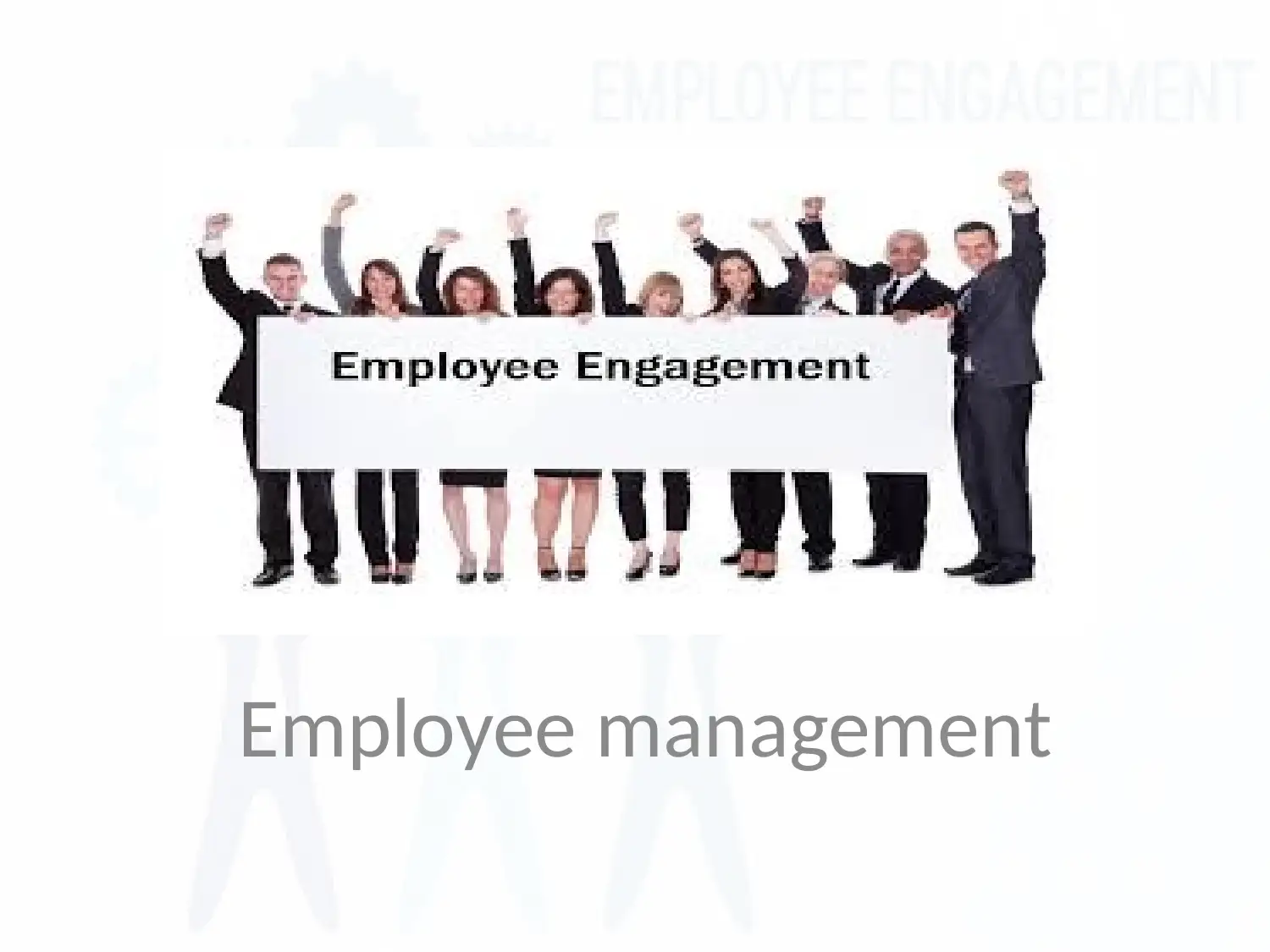
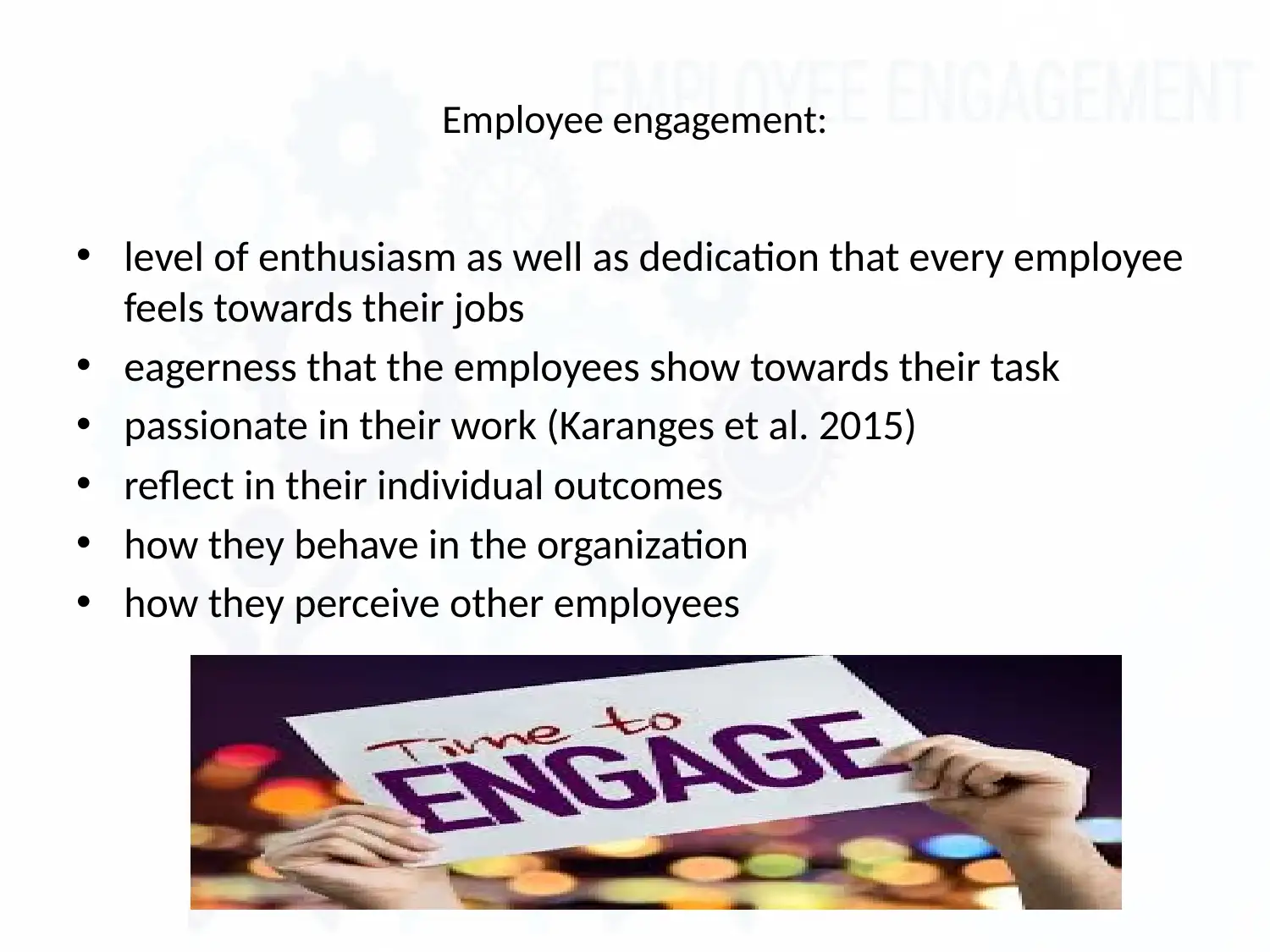
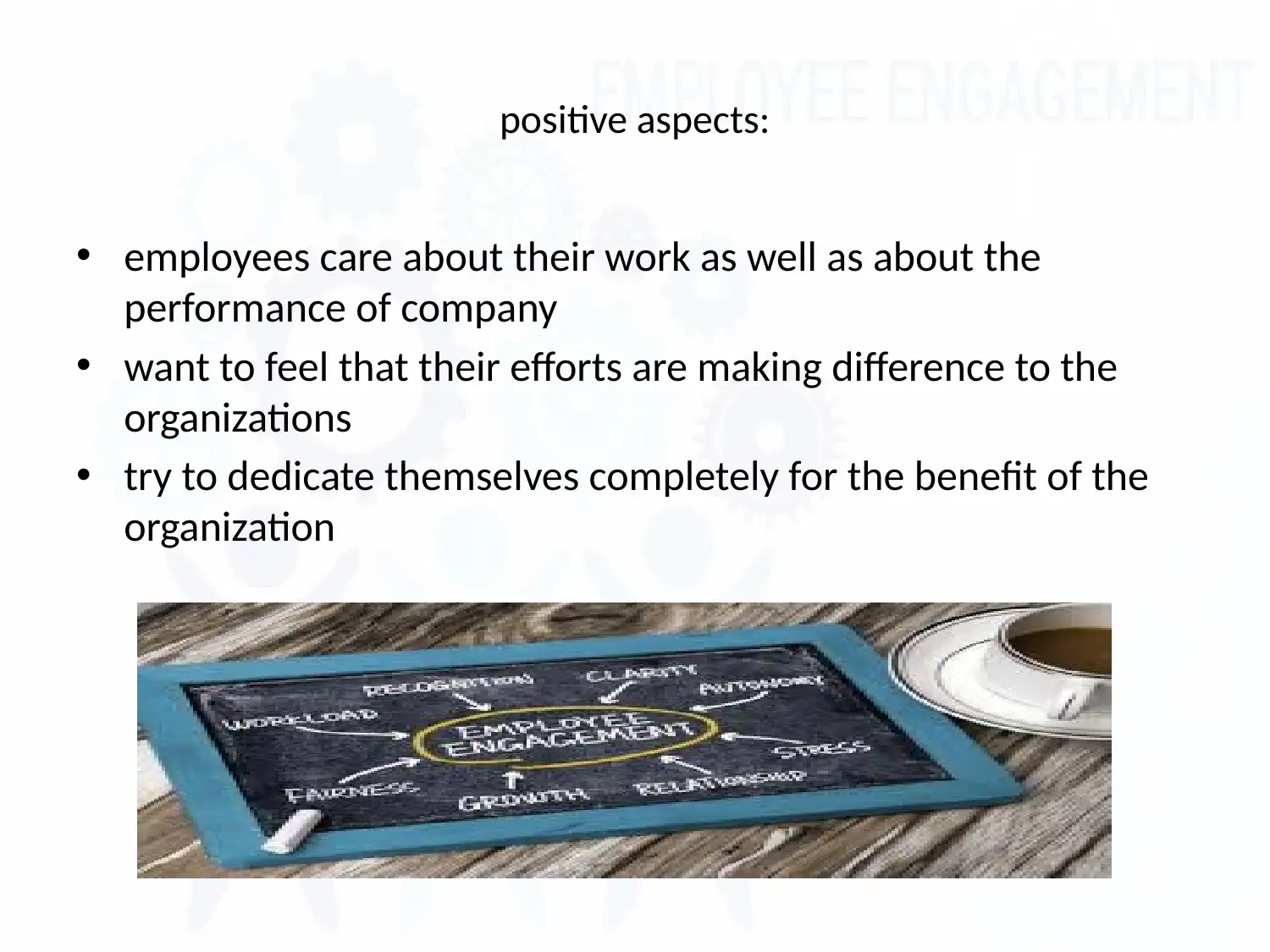

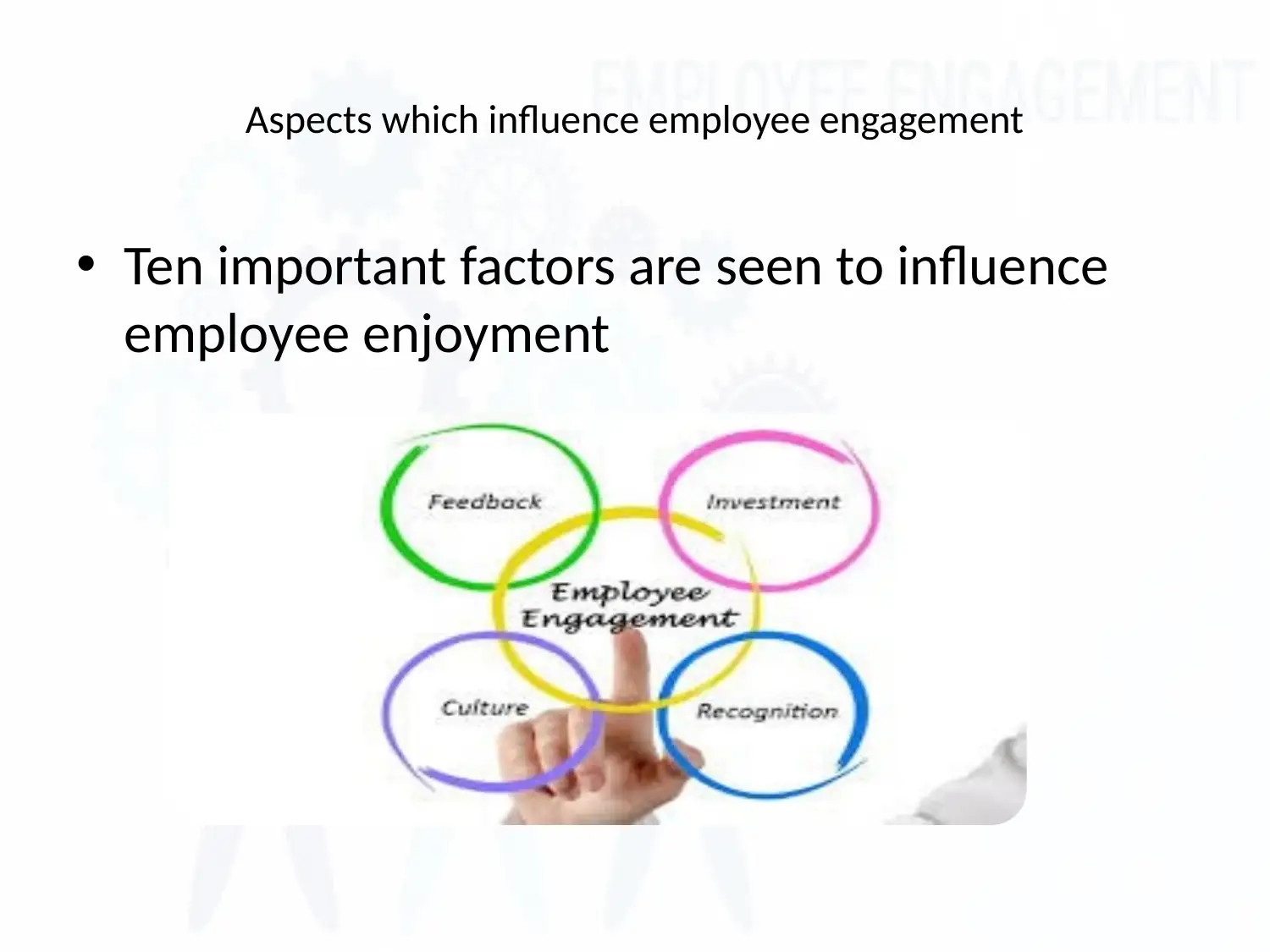
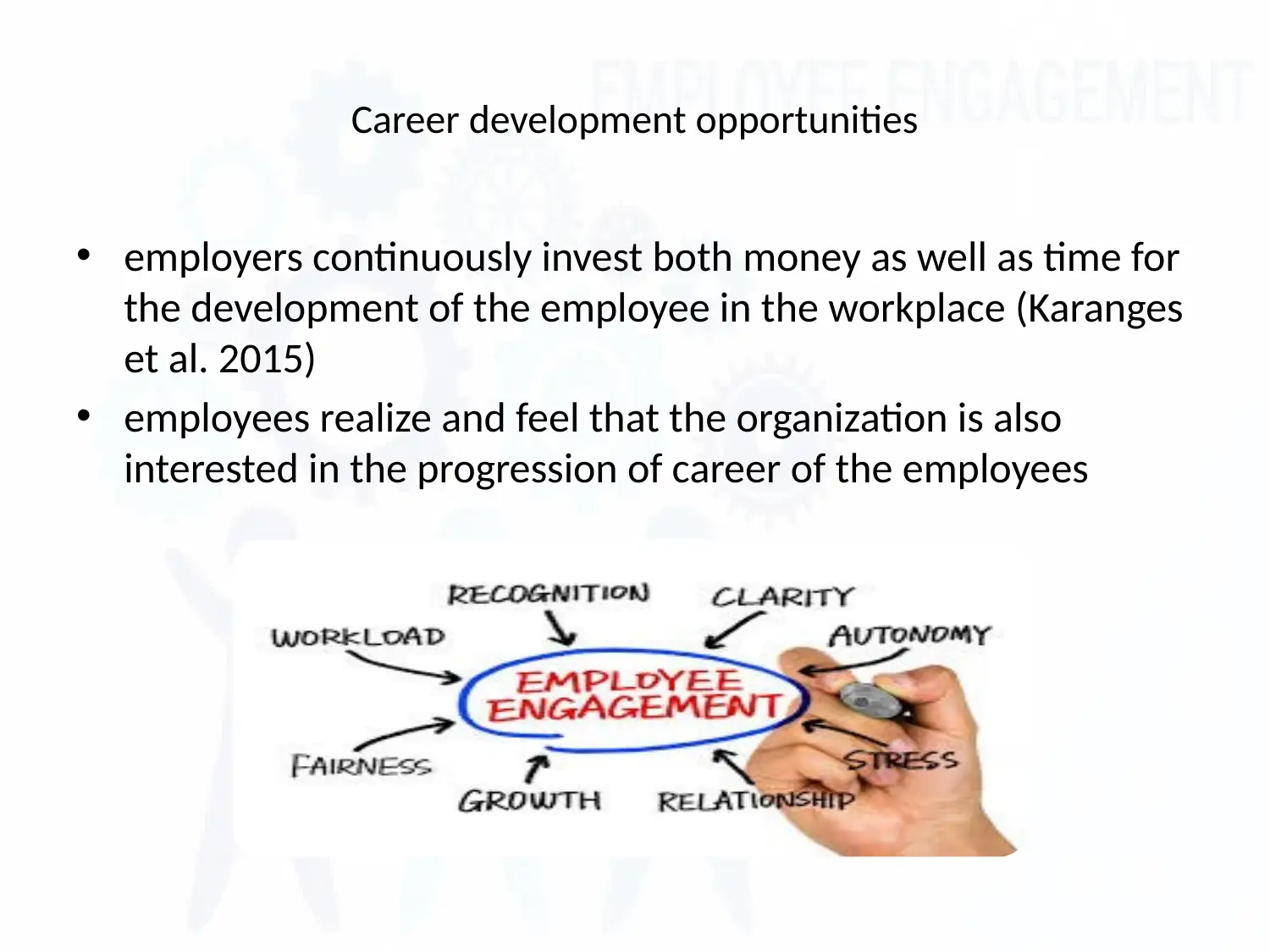
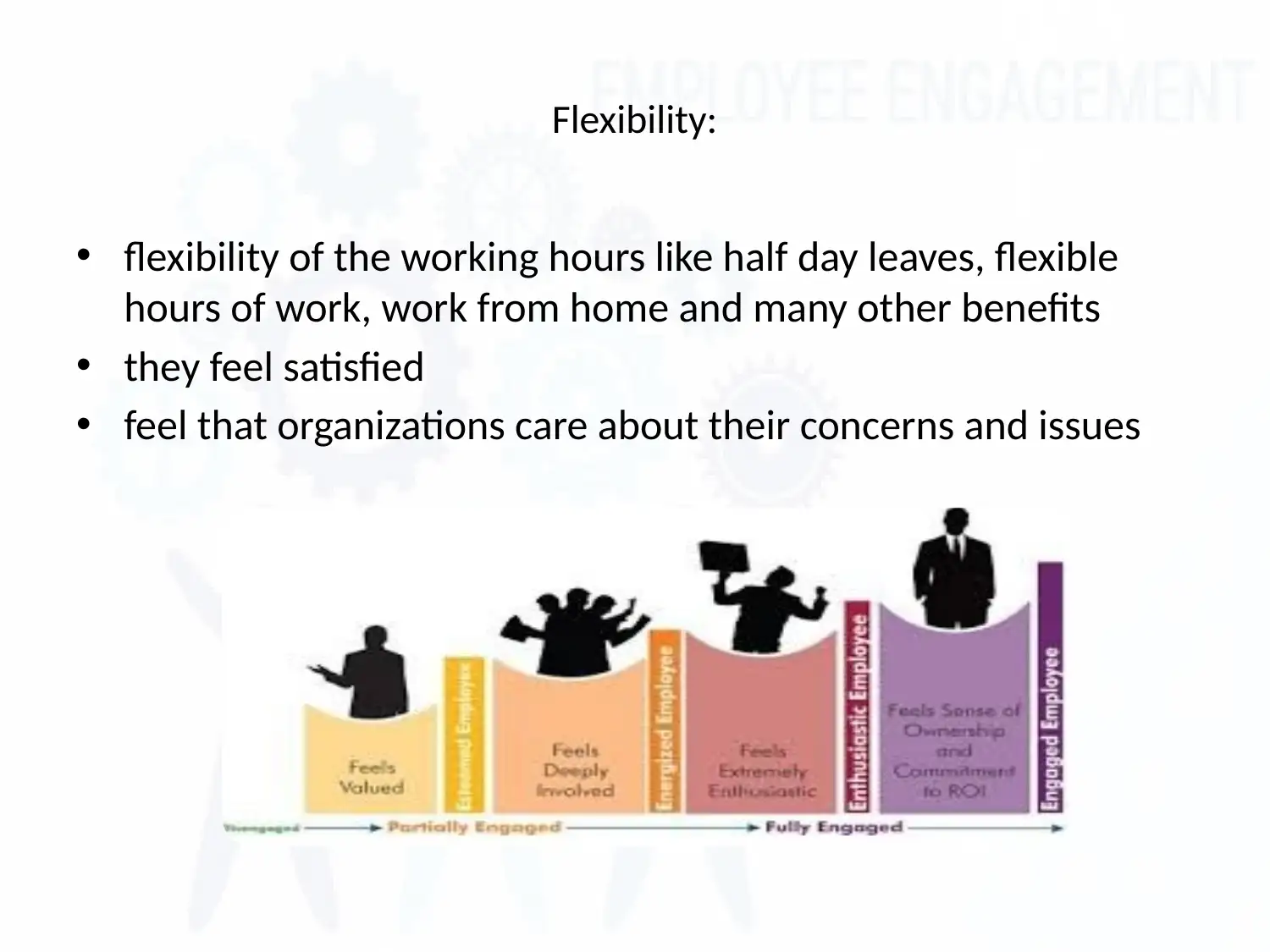
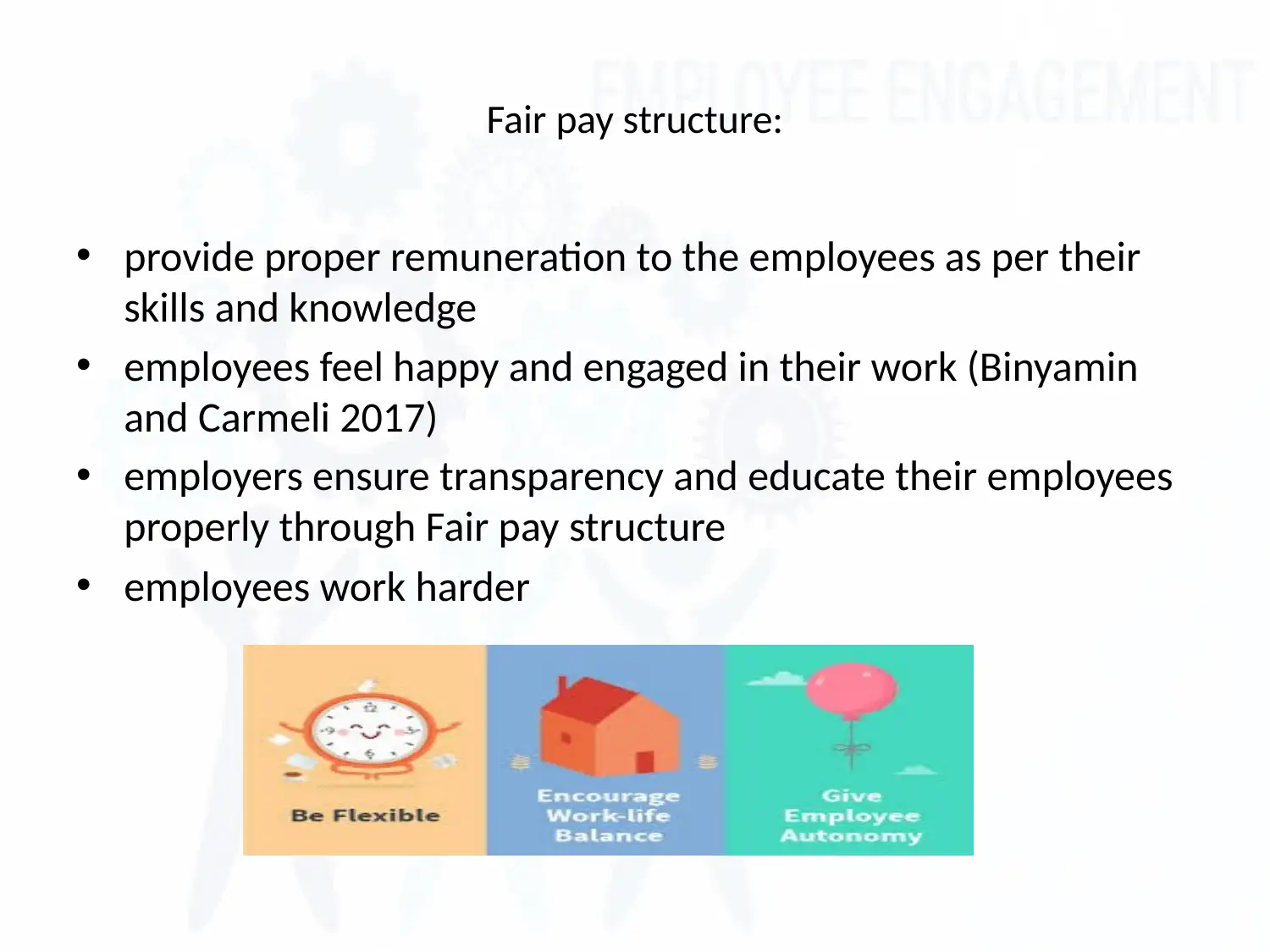
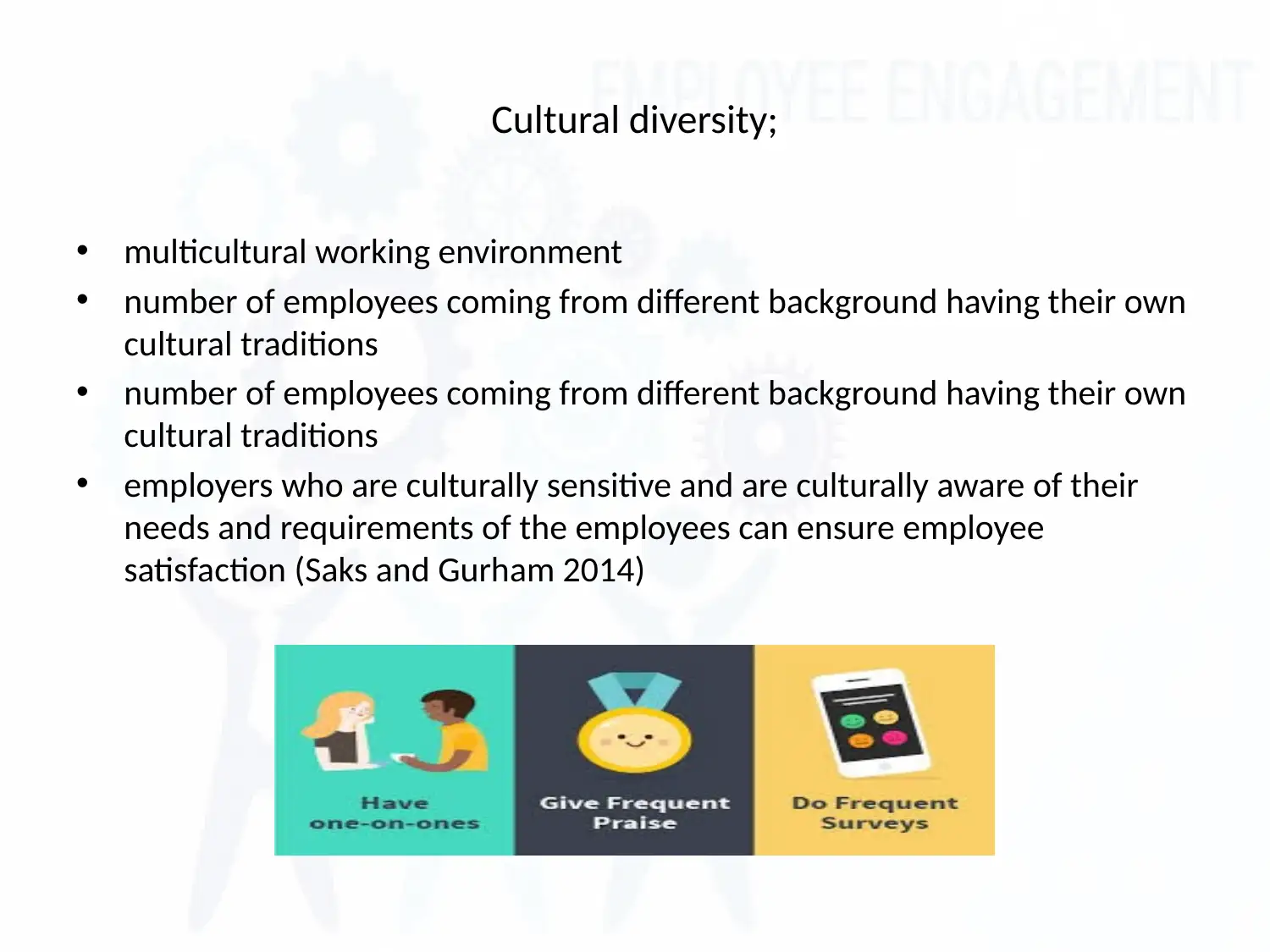
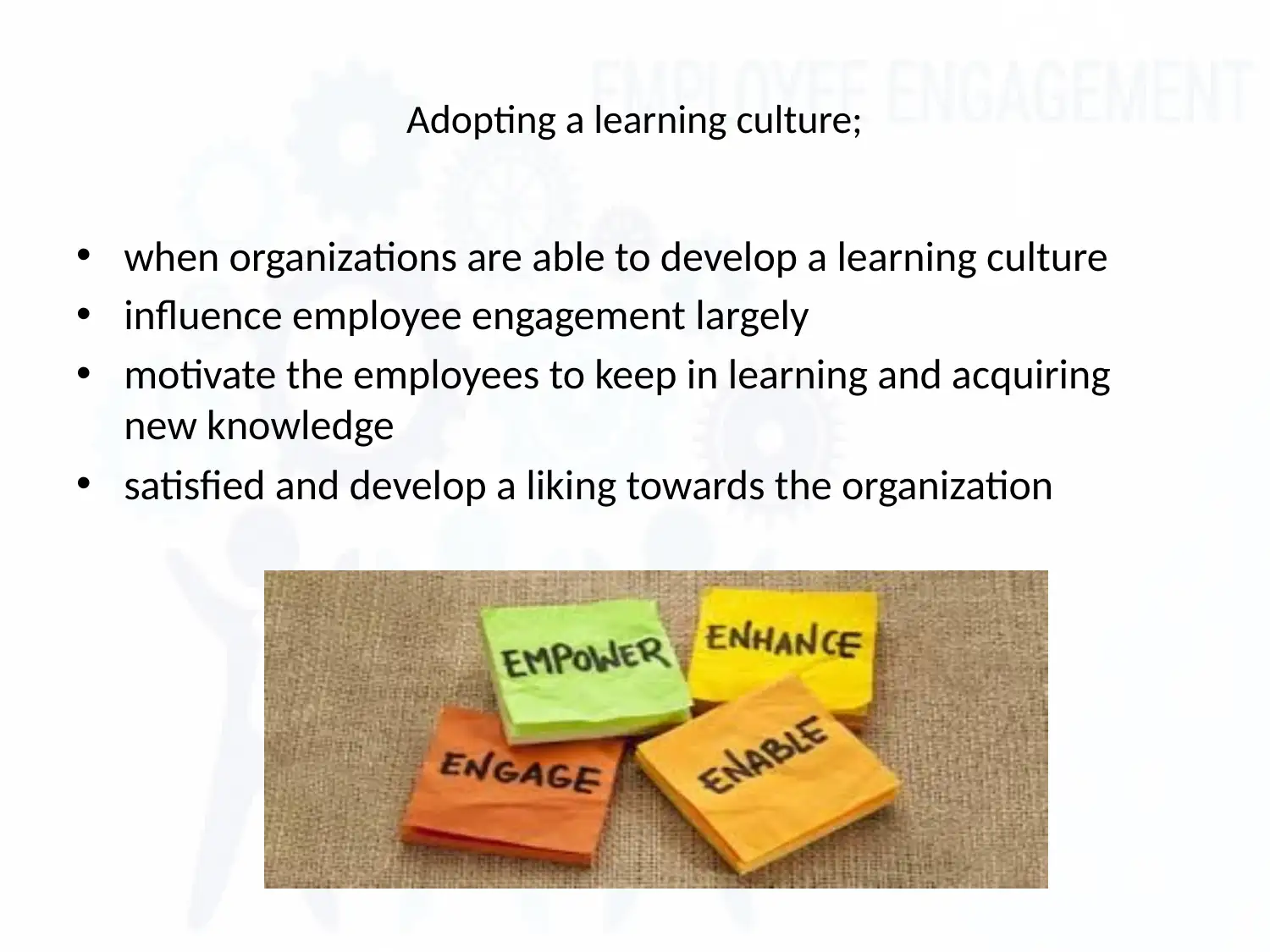
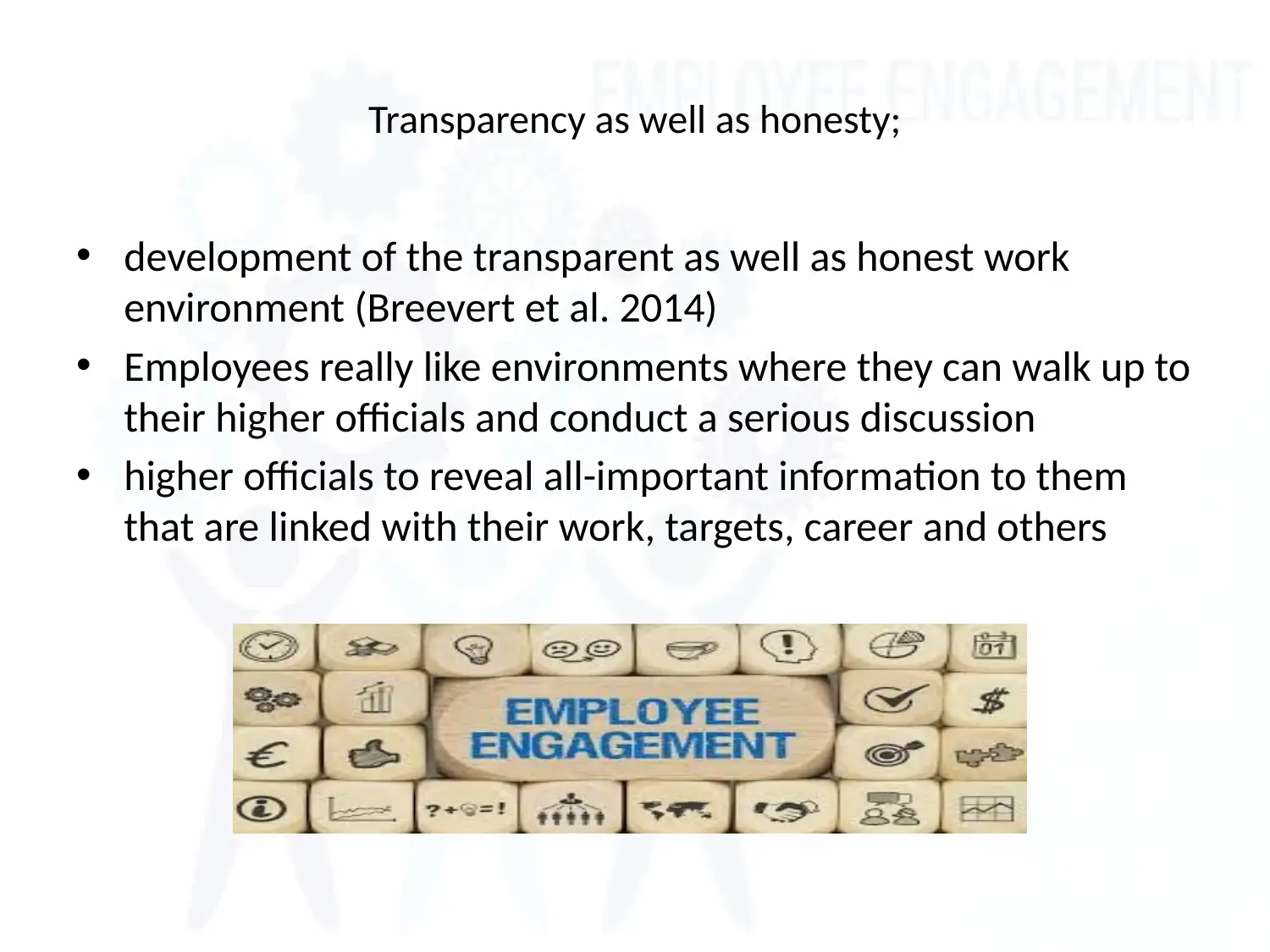
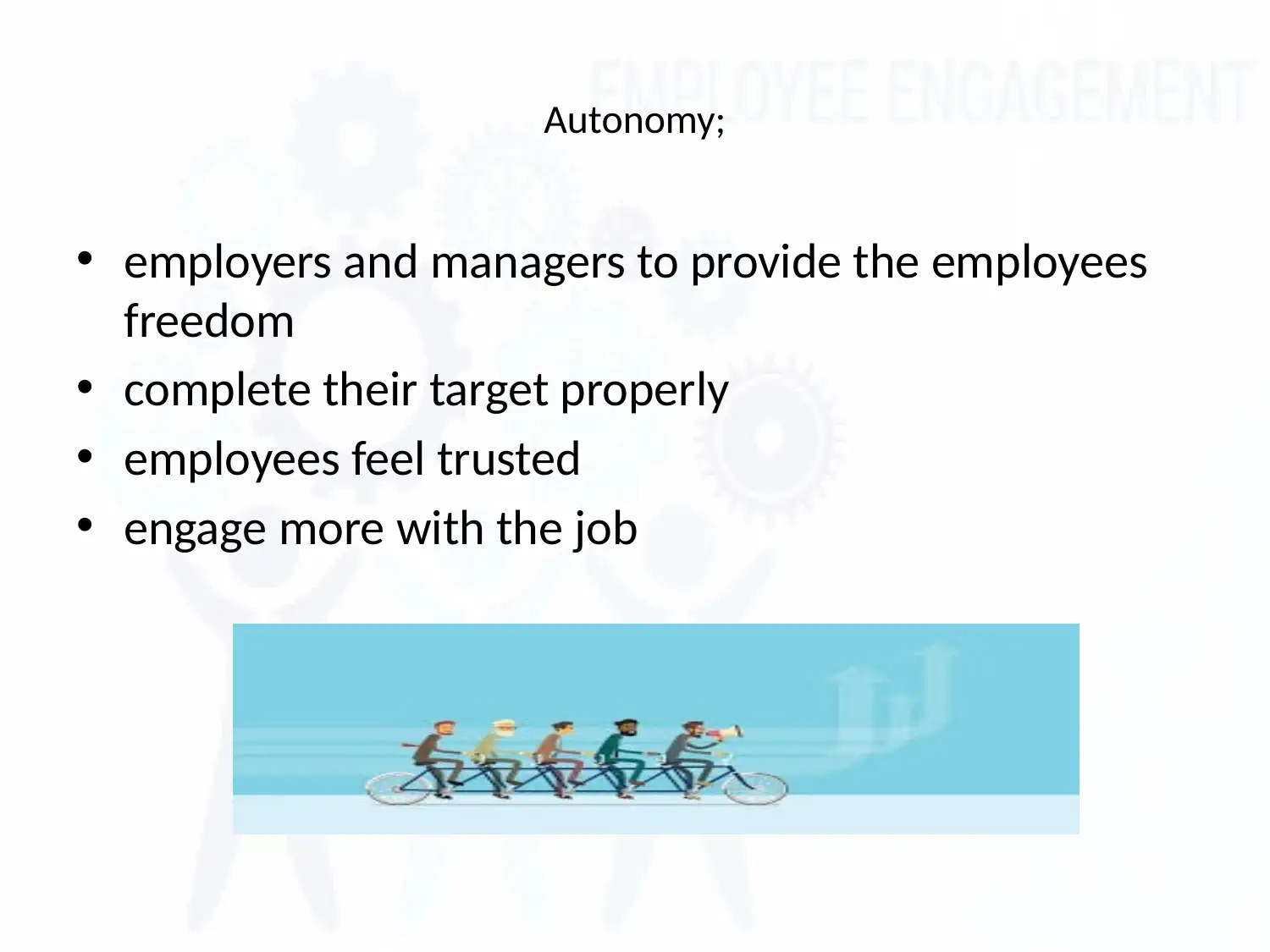
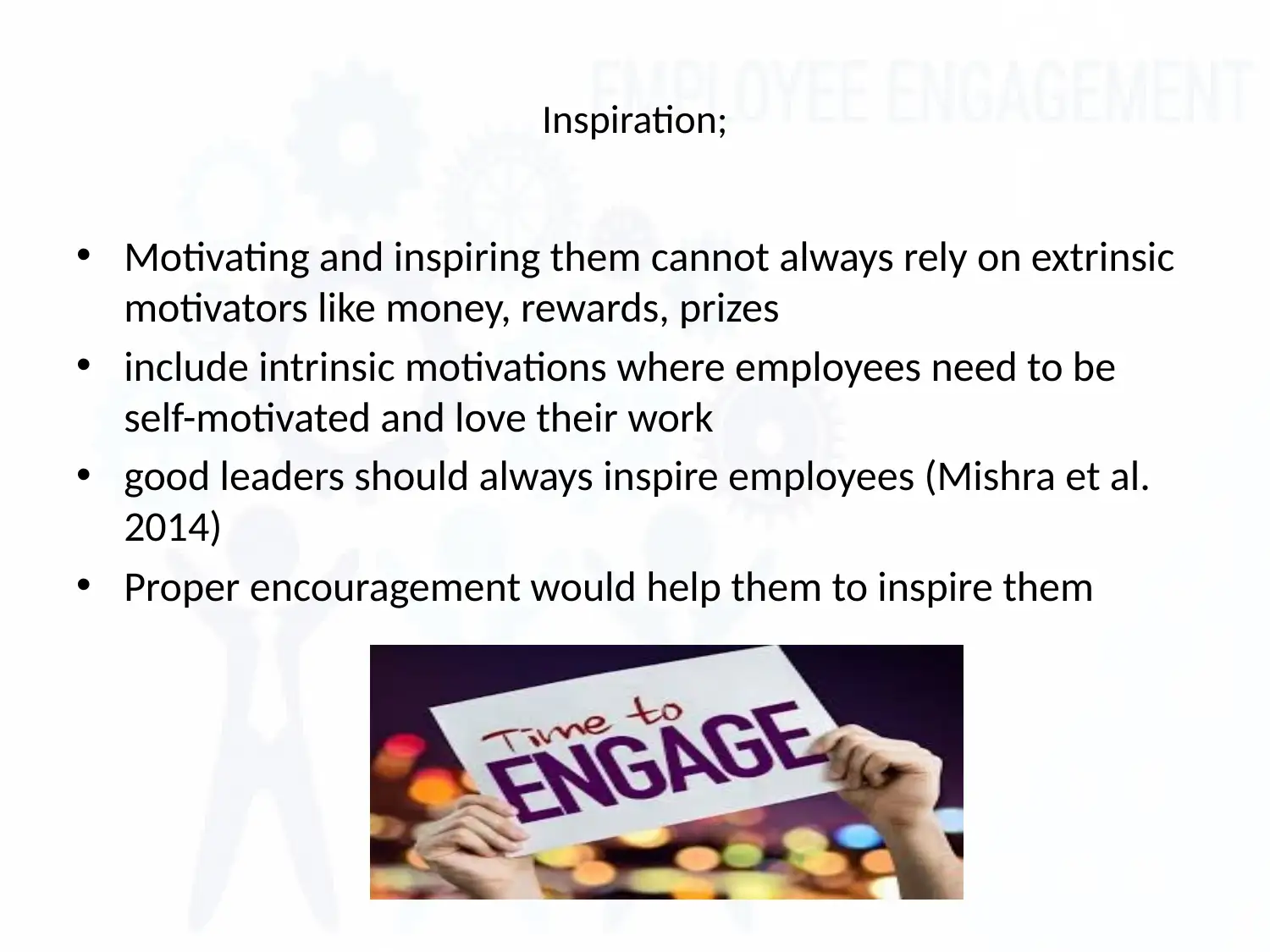






![[object Object]](/_next/static/media/star-bottom.7253800d.svg)